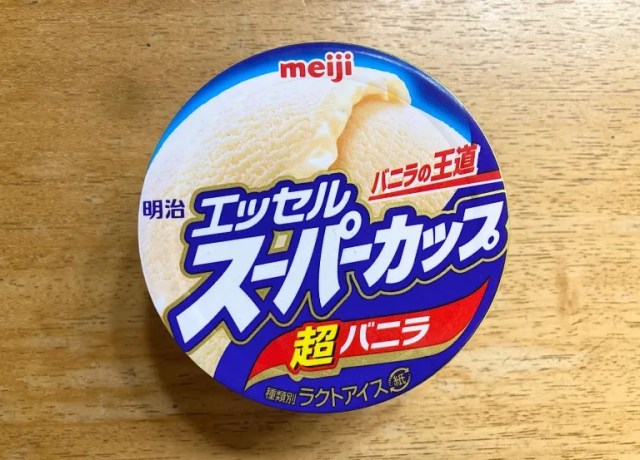
Applying the inari sushi concept to frozen desserts.
Ice cream cones seem perfectly natural to modern sweets fans, but the custom itself of eating ice cream precedes the practice of putting it into cones by over 100 years, dessert historians estimate. It’s only by benefit of being born after that development in humanity’s communal culinary cultural history that you and I are able to say “Yeah, let me have a scoop of Pikachu and Fuecoco ice cream, in a cone,” and have that wish be granted as a matter of course.
But this begs the question, if people didn’t immediately realize that ice cream and cones were a winning combination, what other deliciously viable ice cream containment/delivery systems are we still overlooking today? Japanese confectioner Meiji is still willing to push the envelope, and it’s doing so in a way we never would have thought of by recommending we all try ice cream inari.
What’s inari, you ask? Fried tofu.
▼ Meiji’s ice cream inari concept photo
If you want to get technical about it, the fried tofu is actually called abura-age or aburaage. However, abura-age is the key ingredient in inari sushi, in which vinegared sushi rice is stuffed into little pillow-like pouches of fried tofu.
So if you can put rice in abura-age, why not ice cream? That’s the proposition put forth by Meiji, and we were easily convinced to give it a try, since we’ll take any excuse to eat ice cream, even ones that, honestly, sound pretty dubious.
Unlike some of the other recipe ideas on Meiji’s Essel Super Cup ice cream brand’s website, there’s no additional information on how to make ice cream inari, just the photo. Still, it seemed pretty self-explanatory. We simply grabbed a pack of ready-made abura-age at the supermarket and a cup of Super Cup Super Vanilla, the same flavor shown in Meiji’s ice cream inari photo. Then all we did was scoop up some of the ice cream…
…squeeze open an abura-age pouch…
…and fill it.
We weren’t sure how well this would go, since ice cream, obviously, has a more liquid consistency than the rice that’s ordinarily supposed to go inside the abura-age. To our relief, though, the ice cream was pretty easy to slide in, and from this angle, our ice cream inari looked exactly like regular old inari sushi.
But how does it taste? To our shocked surprise, not bad at all!
As a reminder, in Japanese “sushi” doesn’t mean raw fish, but instead refers to vinegared rice. Though you’d never mistake sushi rice for a dessert, the vinegar used to make it has quite a bit of sweetness to it, and it’s especially noticeable when it’s not accompanied by a slice of seafood. In other words, inari sushi became popular in Japan because abura-age, which is often seasoned with soy sauce and dashi (bonito stock) when cooking, has a mix of sweet and salty notes that nicely complements the sweetness of sushi rice. Those same characteristics, it turns out, also work well with the sweetness of ice cream. It reminded us just a bit of mitarashi dango, a traditional Japanese dessert of dumplings with a soy-based sweet glaze.
There are a few points of caution to be aware of, though, with ice cream inari. It’s a dessert you can’t linger over for too long, since the time spent scooping the cream into the tofu means that it’s going to be closer to melting when it’s ready to eat. Also, since the abura-age pouches are designed to hold rice that’s been pressed together, not cream that’s getting progressively meltier, you can expect to get at least a little ice cream on your hands, so you’ll want ot have some napkins ready.
Still, ice cream inari is definitely a fun and novel way to eat ice cream, and one that tastes far better than we thought it was going to. We’re already wondering if the idea would work even better with an ice cream that also employs traditional Japanese flavors, like matcha green tea, and we’re definitely looking forward to further testing.
Reference: Meiji
Top image: SoraNews24
Insert images: Meiji, SoraNews24
● Want to hear about SoraNews24’s latest articles as soon as they’re published? Follow us on Facebook and Twitter!
[ Read in Japanese ]